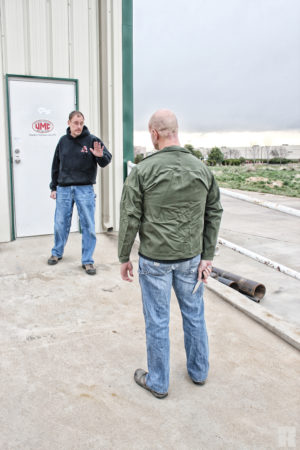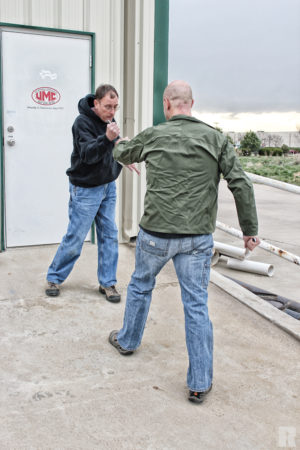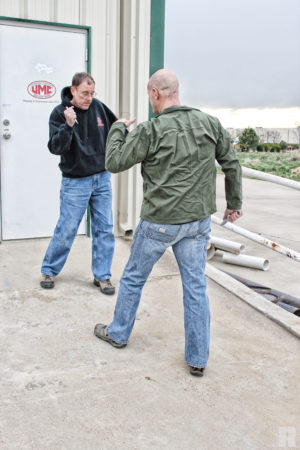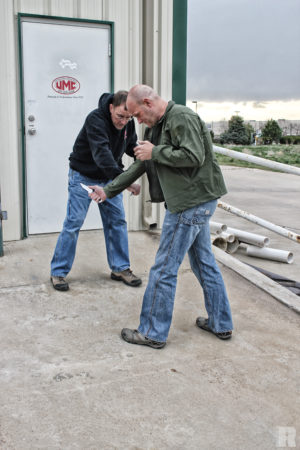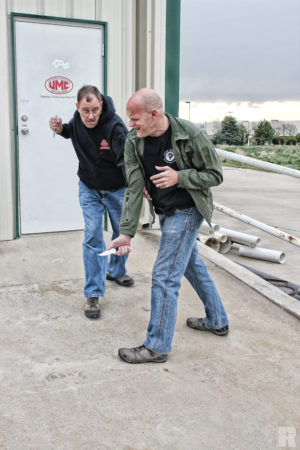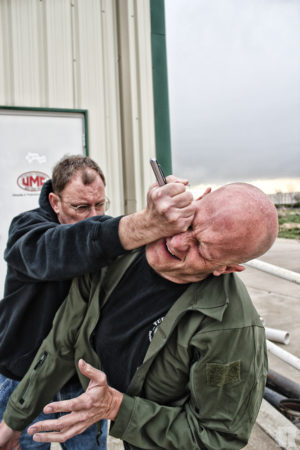Improvised Weapons: Forever Armed
At RECOIL, we review every product fairly and without bias. Making a purchase through one of our links may earn us a small commission, and helps support independent gun reviews. Learn More
Find out more about how we test products.
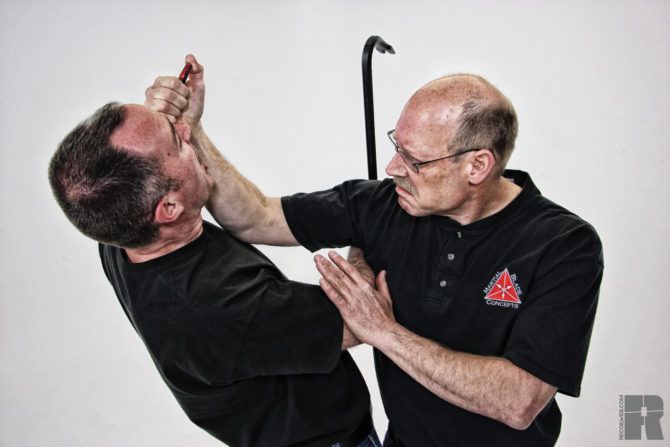
A Quick and Dirty Guide to Improvised Weapons
Although the concept of using improvised weapons for personal protection is far from new, it has taken on a whole new meaning during the past few years. After the tragic events of September 11th and incidents like the shootings at Columbine and Virginia Tech, the carry of purpose-designed weapons has become much more restricted and the number of “non-permissive” environments (where weapons are totally forbidden) has increased tremendously.
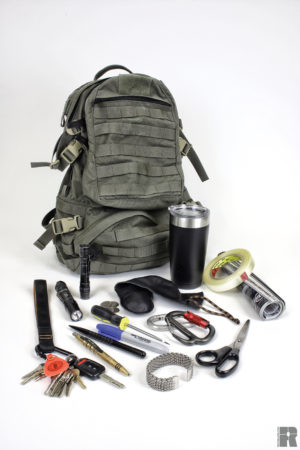
From a functional standpoint, we all know that these prohibitions have no real effect on stopping violent crimes. Laws only affect the law-abiding. If a criminal or terrorist chooses to bring a weapon into an environment where they’re forbidden, he becomes the only one in that environment who’s armed and the rest of us are forced to operate at a serious disadvantage.
Fortunately, like beauty, weaponry is in the eye of the beholder. The ability to recognize and apply practical, functional improvised weapons can ensure that you always have a capable defensive tool available no matter where you are.
Basic Concepts
The first step in understanding the selection and use of improvised weapons is understanding and accepting the fact that the real goal of self-defense is to physically disable your attacker or hurt him badly enough to make him stop trying to hurt you — stopping power. You also need to accept that tactics and actions that don’t authoritatively support this goal are a waste of time and are at best distractions, not fight-stopping techniques. As such, separating effective, reliable tactics from misguided, ineffective ones is a key element of effective improvised weapon use.
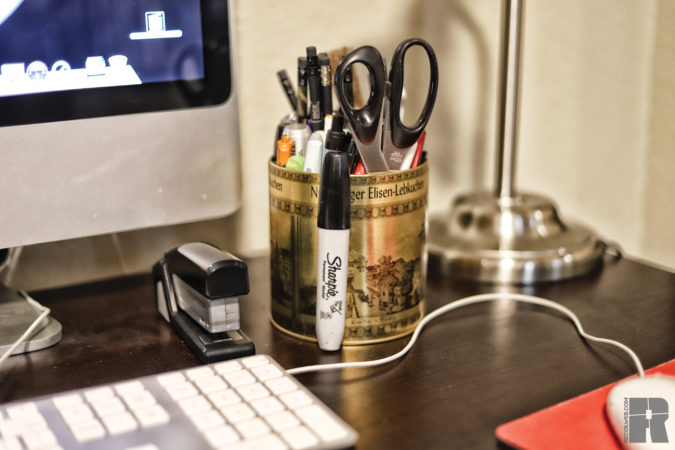
If I may go off on a bit of a rant here, this aspect of improvised weapon use is rife with misinformation. There are countless self-defense books and videos that recommend MacGyver-esque tactics from lacing your car keys between your fingers to hosing your attacker’s eyes with hairspray. In reality, it’s far more likely that you’ll simply grab whatever tool you have handy, ball it tightly in your fist, and whack your attacker as hard, fast, and frequently as you can until he stops trying to hurt you. If you’re close enough to slash at him with the sharpened corner of your specially prepared credit card, you’re probably better off mashing his face with your fist — or the ashtray, hairbrush, or coffee mug you manage to shove into your fist on short notice. To put it simply, leave the James Bond stuff to the movies and grab solid objects that you know you can use to hit with full force, causing maximum damage to him without endangering your own hand.
Another key element of the effective use of improvised weapons is having a simple set of body mechanics to wield your weapon. Ideally, those body mechanics should be common to the application of a number of improvised weapons to make them easy to learn and apply under stress. Esoteric skill sets (like turning your belt into a bullwhip) require a lot of practice to use effectively and are probably not the best way to spend your training time.
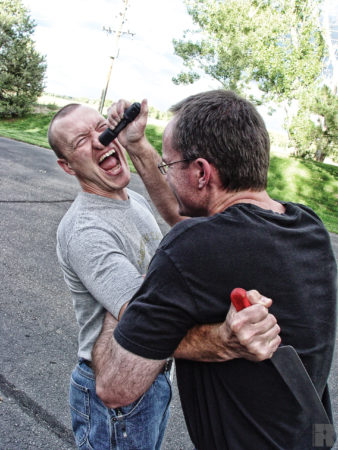
Finally, you need to accept that improvised-weapon tactics alone may not be enough to end a fight. Using a ballpoint pen to put a few holes in your attacker’s hide may be a great start, but it may not be enough to make him really cease and desist. However, if at the moment he’s “contemplating” his new pen-made orifices you seize the opportunity to blow out his knee with a solid kick, you’ve now got a true fight-stopper. Similarly, if you’re carrying a capable purpose-designed weapon, you can use the improvised weapon (which can be carried innocuously in your hand or in open view) as a bridging weapon to create the opportunity to draw your real weapon.
Categories of Improvised Weapons
Once you’ve grasped the fundamental concepts of improvised weapon use, the next step is to understand the basic categories of weapons. These include:
Weapons of opportunity: Items that you find in your environment that can be adapted to weapon use, like a beer bottle, a mop, or a trash can lid.
Personal-carry items: Items that you can easily carry on your person that can be used as weapons, like a flashlight or a ballpoint pen.
Prepared weapons: Items that in their basic form aren’t capable weapons, but with a little preparation can have weapon potential. For example, a magazine by itself won’t do much, but rolled tightly it can be a potent weapon.
Weapon Attributes and Awareness
“Awareness” is a term we hear a lot in personal protection training. It’s generally interpreted as being alert to signs of unusual activity that could represent potential threats, such as people coordinating their movement with yours or attempting to arrest your movement, unnatural eye movements, and motions that indicate that they’re carrying and/or intend to use weapons. However, real awareness goes much deeper and should include things like assessing your footing and your ability to move quickly, a consciousness of obstacles, cover, and concealment, mental planning of escape routes, and, you guessed it, the consciousness of potential improvised weapons in your environment.
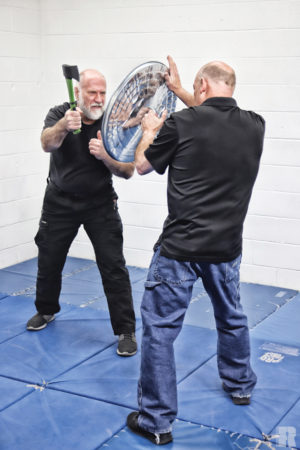
While many things can qualify as improvised weapons, the best objects share a number of common attributes. If you learn to look for and quantify these as you move through different environments, you’ll quickly realize that often a serviceable weapon is never more than a few steps away. Of course, if you incorporate improvised weaponry into the personal carry category, you’re even better prepared.
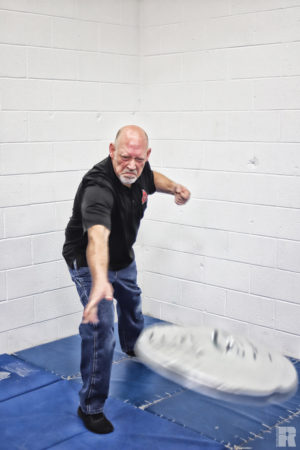
The attributes that make a good improvised weapon include:
Structural integrity/strength: The object must have the integrity to stand up to full-power impact. If it doesn’t (for example, a No. 2 pencil), you need to realize that it’s basically a one-time shot and be prepared to back it up with something else.
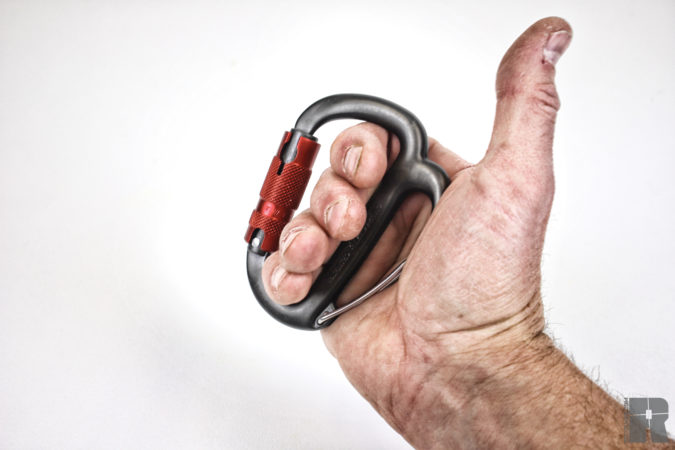
Appropriate mass to wield or employ effectively: Very light objects don’t offer much impact potential. Conversely, very heavy objects cannot be wielded with speed. Objects that offer a happy medium are the best choices for improvised weaponry.
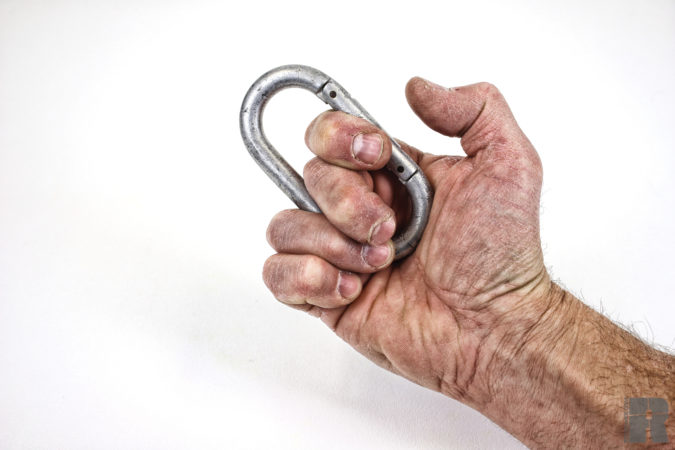
Supports immediate (or near-immediate) access and employment: Violent situations happen suddenly. The midst of an attack is a poor time for a weaponry craft project. You need something that you can grab and put into action very quickly.
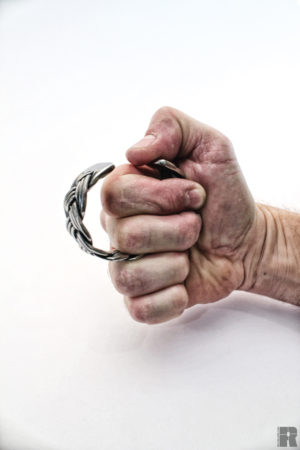
Versatility/ability to employ in multiple roles: A beer bottle can be used to deliver serious impact. A frying pan can be used as a bludgeon and a shield and is therefore more versatile. The more the tool can do, the better it’ll serve you.
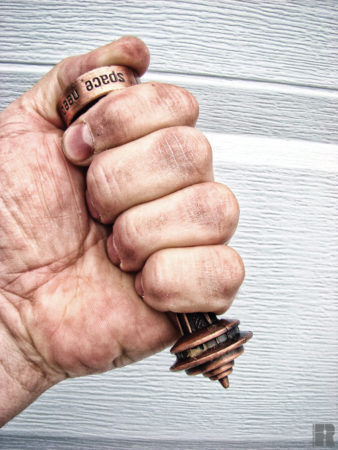
Once we understand where weapons come from, we can then start identifying them by type based on the capabilities they offer and the types of functions they can perform. Improvised weapon types include:
Impact weapons: Suitable for striking and creating blunt trauma
Edged: Suitable for cutting or hacking
Pointed: Capable of puncturing
Flexible: Suitable for whipping, entangling, and possibly striking
Shield: Can be used to block or deflect an attacker’s strikes
Hybrid or multi-function: Offer two or more functions in a single object
The final consideration in evaluating an improvised weapon should be the mechanics that are most appropriate to wield that weapon. In the most basic terms, that means can I swing it well with only one hand or is it long or heavy enough that I need to use two hands.
Basic Body Mechanics
In my research on personal protection, I’ve watched countless videos of people being attacked with weapons. One of the most interesting constants I’ve found is that people (regardless of ethnicity, culture, or experience) seem to be hard-wired to fight in the same way. Under stress, we typically lead with our weak side and use our weak hand to probe, grab, and gauge distance before striking with forehand blows with our strong side. Since that’s the way we instinctively move under stress, it should also be our default tactic for our use of improvised weapons. To borrow a term from my friend Kelly McCann, we’ll call it “cycling.” For natural right-handers, it’s a repetitive left-right, left-right cyclical action that focuses mostly on downward or inward hammer-like strikes.
When performed with empty hands, the natural “weapon” is the hammer fist — the bottom of the clenched fist. When performed with an improvised weapon, the operative term is “fist load”— anything solid that doesn’t have nerves in it that you can hold tightly in your fist and use as a striking, puncturing, or cutting surface.
For a right-handed person to perform the basic cycling action, assume a left-lead stance (like a boxer) with your left palm facing forward and your right hand and fist-load at about shoulder level. Extend your left palm straight forward without any windup and touch your intended target. That touch tells your brain exactly where that target is in space. Now, with an elliptical motion of your right hand (as if throwing a ball), strike with the portion of your fist-load that extends from the little-finger side of your hand. Then, repeat the entire sequence over and over until you develop a smooth, powerful, elliptical flow with both hands.
Tactics and Targets
At this point, most people start wondering, “What targets should I be hitting?” The easy answer is, “The ones on the other guy.” The more sophisticated answer depends upon the type of weapon you’re wielding. The Filipino martial arts has a saying: “Wood seeks bone; steel seeks flesh.” I like to add to that: “Big steel seeks both.” What that means is that impact weapons (usually made of wood) are best used to target bones to break the skeletal structure. Cutting and puncturing weapons (typically made of steel) work best when aimed at fleshy targets. “Big steel,” like a machete, does both, so you don’t have to be as particular.
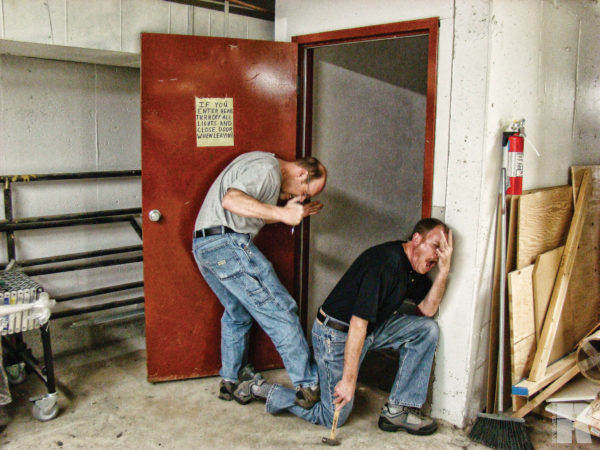
With this concept in mind, think of having a beer bottle, flashlight, Magic marker, or any similar object in your hand. When your attacker strikes, use your left hand to check, parry, strike, or just gauge distance before you smash him in the nose, cheeks, jaw, collarbones, or sternum with your fist load.
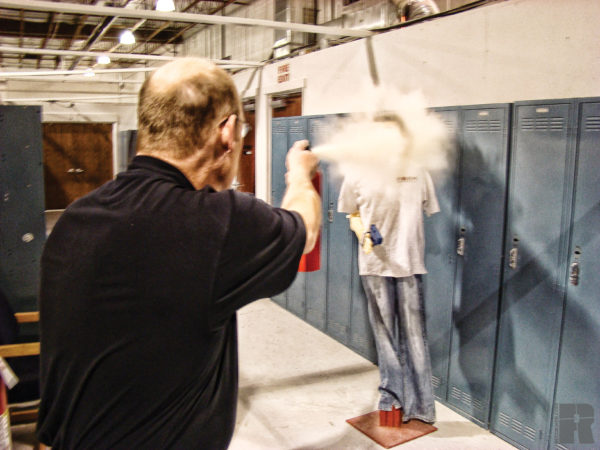
If instead your fist is full of ballpoint pen, scissors, fork, chopstick, or similar object (and the situation warrants it), use the same mechanics to strike his eyes, ears, throat, and jugular notch.
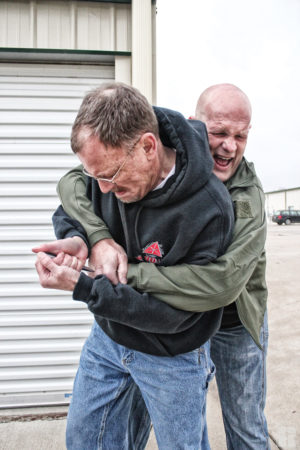
If he raises his hands to block, slap them down with your left hand or hook them out of the way with your fist-load and go back to cycling.
Once you’ve landed a few hits, if you’re worried that the fight’s not over, take advantage of the fact that he’s preoccupied with guarding his head and fire a full-power knee to the groin or low-line kick to the knee or ankle to put him on the ground long enough for you to make your escape.
Even if you carry a purpose-designed weapon, get used to having your improvised weapon in your hand and ready to go. This is one of the advantages that improvised weapons have over their overt counterparts, as you can literally walk down the street “armed” without raising any eyebrows. If a situation does arise, use the improvised weapon as a line of first defense to deliver a few strikes. Then, use the time and distance you’ve bought with your initial response to transition to your purpose-designed weapon. In the process, make sure you can effectively sequence your skills and transition from gross-motor-skill actions (like pounding on someone) to complex motor skills (like drawing a pistol or folding knife).
Improvised weapons offer a lot of options that literally range from a last resort to, quite possibly, a purposeful first choice. By learning to identify and assess them as part of your overall awareness, and employ them effectively with a solid, basic skill set, you can ensure that you’ll always be “forever armed.”
More EDC and Self-Defense Articles
- Minimalist Guide to EDC Flashlight Options.
- Editor's Choice EDC Bags.
- Best 9mm Pistol? What about for Self Defense?
- Everyman EDC: What our fellows are carrying these days.
Why you can trust RECOIL
Since our founding in 2012, RECOIL remains the premier firearms lifestyle publication for the modern shooting enthusiast. We deliver cutting-edge coverage of guns, gear, accessories and technology. We go beyond basic reviews, providing no B.S. buyer’s guides, hands-on testing and expert analysis on everything from firearms and survival equipment to watches and vehicles.
Our reviewers are the backbone of our operation and come from diverse shooting backgrounds: Former law enforcement, military veterans, competitive shooters, seasoned hunters and plain old firearms enthusiasts. Furthermore, we’re not just gun experts, but dedicated journalists who adhere to the strictest standards of our profession.
At RECOIL, editorial independence is the foundation of everything we publish and the cornerstone of reader trust. Our editors, writers and content creators make all editorial decisions independently, free from outside influence. That boils down to: advertisers don’t dictate our coverage, the outcomes of our reviews or what we recommend in our buyer’s guides. First and always, our commitment is to our audience—ensuring every review and article is accurate, unbiased, and driven by real-world experience.
Whether you’re selecting your next firearm, upgrading your gear, or exploring the latest innovations in the shooting world, RECOIL provides the trusted insights you need to make informed decisions. Learn more about our Editorial Standards and how we review products.
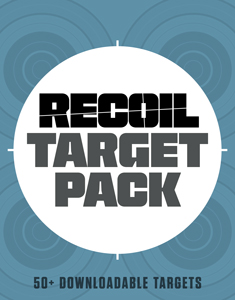
NEXT STEP: Download Your Free Target Pack from RECOIL
For years, RECOIL magazine has treated its readers to a full-size (sometimes full color!) shooting target tucked into each big issue. Now we've compiled over 50 of our most popular targets into this one digital PDF download. From handgun drills to AR-15 practice, these 50+ targets have you covered. Print off as many as you like (ammo not included).Get your pack of 50 Print-at-Home targets when you subscribe to the RECOIL email newsletter. We'll send you weekly updates on guns, gear, industry news, and special offers from leading manufacturers - your guide to the firearms lifestyle.
You want this. Trust Us.

